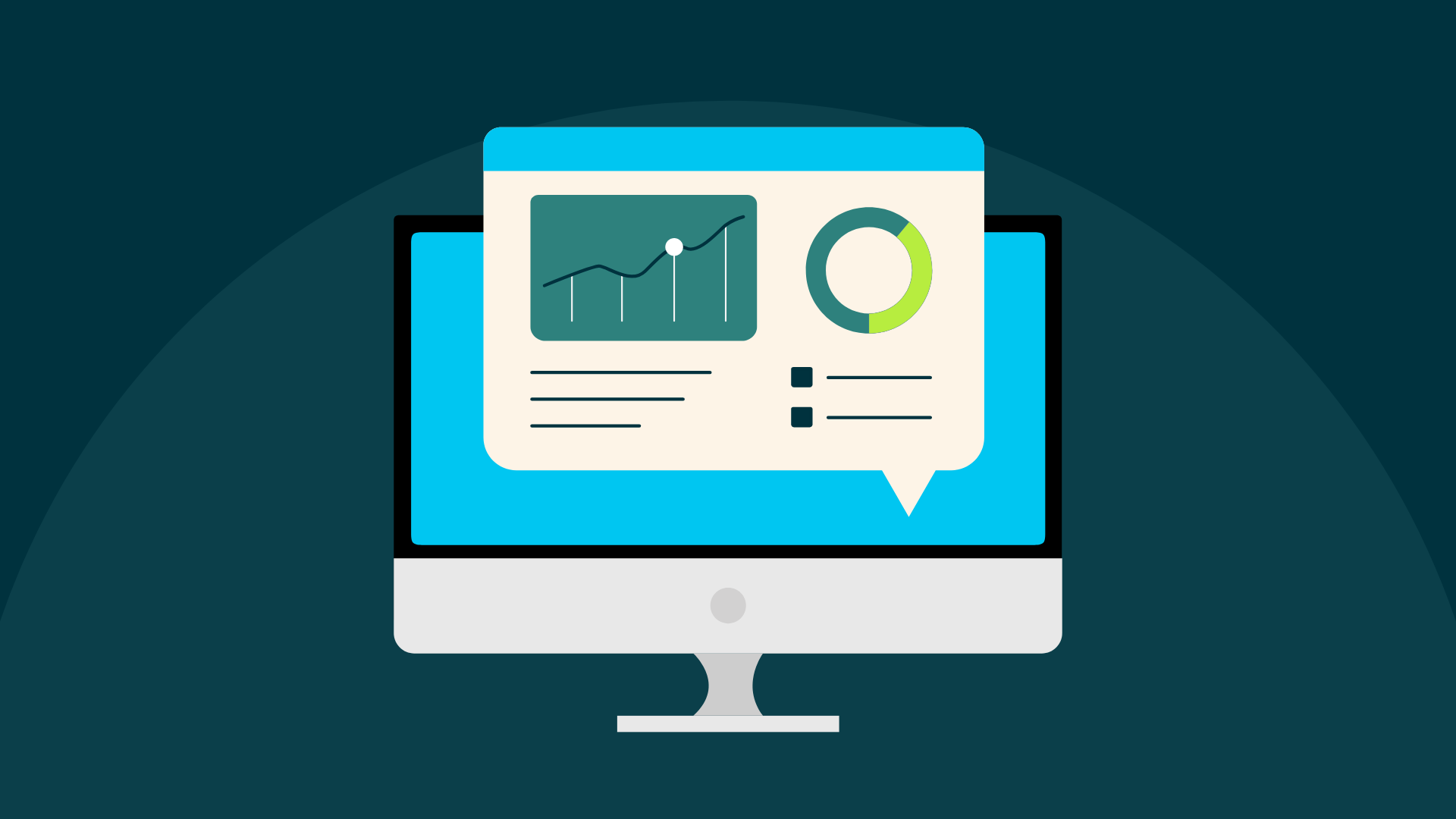The Role Of Big Data In Expense Management
- "Big data" was coined in the 80s, but its impact only recently became apparent.
- Cloud computing, AI and machine learning have increased the insights we can extract from big data.
- AI-powered expense data analytics tools excel at detecting abnormal financial activity.
- Big data comes with its share of challenges that must be handled carefully such as data quality, security concerns and change management.
Big data analytics help companies across every industry unlock value from the vast amounts of data they create and collect every day. Naturally, this includes complex expense data such as transaction details, receipts, employee expense reports, and vendor invoices.
The market size of big data analytics in finance is expected to grow from $6.97 million in 2023 to $19.72 million by 2028, at a spectacular CAGR of 23.11%. However, many organisations lack an understanding of big data analytics or encounter difficulties with applying analytics to expense management.
How can companies develop a structured approach to expense analytics using big data? Keep reading to learn more about the pivotal role of big data analytics in expense management.
The evolution of big data analytics
The term “big data” was coined in the 1980s, but its impact hasn’t become apparent until recently. As the volumes of data increased, companies needed solutions such as data warehouses to cover the majority of analytical and decision-making demands.
Since new data sets emerge on a regular basis and create new use cases - for example, real-time big data analytics - existing approaches quickly evolve to match these changing needs. In the past decade, frameworks and tools have gained prominence to enable massive data processing using real-time streams.
Cloud computing, artificial intelligence (AI), and machine learning further increased the capabilities for extracting insights from big data with high efficiency, speed, and performance and constantly improved output.
Big data analytics and expense management
By delving into your spending patterns, big data analytics go beyond surface-level information about your expenses. The analytics engine helps companies discover cost-cutting opportunities - for example, by detecting inefficiencies in their supply chain that result in excessive costs.
In an environment full of financial transactions, spotting irregularities or suspected fraud manually is challenging. Expense data analytics tools excel at detecting abnormalities that may suggest fraudulent activity.
For instance, the system can identify odd expenses for further examination by continually monitoring transactions and cross-referencing them with established trends. This not only protects your resources, but it also improves the general integrity of your spending management system.
Another powerful use case of big data analytics is the automation of approval workflows based on established criteria to simplify operations such as authorising routine and low-risk costs. This frees your finance team to focus on more difficult issues and ensures that fewer bottlenecks appear in the expense approval process.
Addressing the challenges of big data
1. Data quality and integrity
The data itself poses a number of challenges in big data applications due to its sheer scale, complexity, and diversity. Companies usually collect data from multiple sources: websites, social media, CRM software, email, and more. Formatting data is essential if you want to combine and reconcile it to obtain essential insights and make reports.
To address this issue, companies employ data integration, ETL (Extract, Transform and Load), and business intelligence software that help map diverse data sources and integrate them, such as via APIs.
Another challenge is the accuracy of the data. Big data analytics rely on clean, correct data to create valid insights and predictions. If the data at hand is incomplete or inconsistent, the insights might lead to bad decision-making. Data governance software helps companies organise, manage, and secure the data they use, as well as evaluate data sources and clean up damaged data sets.
2. Privacy and security concerns
Many businesses manage various types of sensitive data, such as:
- Company data that includes Intellectual Property (IP) and trade secrets,
- Financial data that might provide hackers access to accounts,
- Customer data that may be exploited for identity theft.
Businesses often hire cybersecurity specialists who stay up to speed on security best practises and tactics to safeguard systems from such attacks.
When handling big data, you need to guarantee that the data is protected. To achieve that, companies implement identification and access authorisation controls for all resources, endpoint security software to prevent malware from infecting the system, and real-time monitoring to stop threats as soon as they’re identified.
3. Change management
Implementing a big data analytics solution is just the first step. Organisations looking to build awareness of data availability and foster data-driven decision-making need to get buy-in from all team members at the receiving end. Change management is a key part of every new analytics initiative.
Finance teams may at first be intimidated by big data, analytics, and machine learning applied to managing expenses. This is why many companies start with smaller projects and teams, allowing the outcomes to demonstrate the value of big data to others and eventually transition into a data-driven business.
Future trends in big data analytics
As technology advances, so does the world of big data. The combination of big data with artificial intelligence and machine learning holds significant promise. These technologies can enhance the insights supplied by big data analytics, allowing expense management systems to become more intelligent and flexible.
Imagine a SaaS platform for expenses that identifies spending trends and learns from individual decision-making processes. Such sophisticated technology may then recommend individualised methods based on the team’s specific preferences and company goals.
Another intriguing potential is the use of predictive analytics in expense management. By examining historical data and external factors like market patterns and economic indicators, predictive analytics can provide insight into future costs.
Finance teams can use this foresight to make strategic choices, such as modifying budgets, researching cost-cutting initiatives, or grabbing new investment possibilities. In a continually changing company environment, the ability to predict future financial circumstances gives a competitive advantage.
Conclusion
In the past, financial teams had to collect data and analyse it manually to extract valuable insights. Big data analytics tools and algorithms are essential for processing, analysing, and extracting important insights from these massive datasets, opening the path for better informed decision-making in expense management.
Smart expense management tools based on big data analyse real-time data, deliver expense report analytics, power budget assessments, and so much more.
Curious as to whether you're ready for an expense solution? Download our e-book below to help you assess your readiness and upgrade your expenses.
Share this
You may also enjoy
these related stories

The Rise of AI and ML in Expense Management

Future of Expense Management: Emerging Tech Trends

